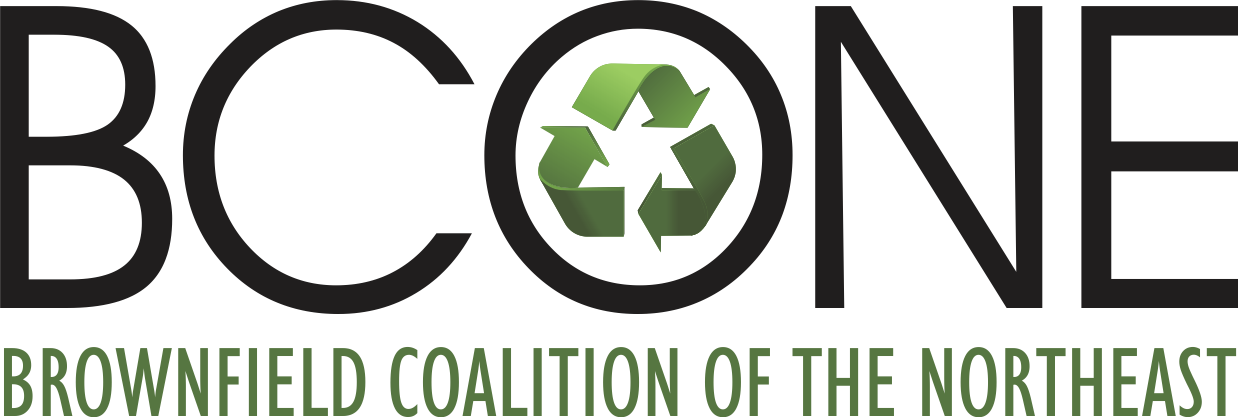By Chris Gdak and Derek Street, Montrose Environmental
The state of brownfields and environmental justice (EJ) in the U.S. has undergone significant changes as of 2025. Following a new administration, the EPA has shifted its focus, impacting communities, developers, and local governments across the Northeast. Here’s an overview of the evolving landscape and what it means for brownfield redevelopment.
Key Historical Context
Established in the mid-1990s, the EPA’s Brownfields Program has been instrumental in revitalizing contaminated sites through funding initiatives like MARC grants. Concurrently, the EJ Program has sought to empower marginalized communities facing pollution. Significant investments were made in recent years, with the Bipartisan Infrastructure Law allocating $1.5 billion for brownfields and the Inflation Reduction Act establishing numerous EJ initiatives.
Recent Policy Changes
As of January 2025, the new administration paused IRA and Bipartisan Infrastructure Law funding, resulting in crucial restructuring within the EPA:
- Major reductions in grants and staff dedicated to EJ.
- Dissolution of the Office of Environmental Justice.
- Significant cuts to the EPA budget.
- However, the funding for brownfields has remained intact, creating opportunities for communities ready to act swiftly.
Support for the Brownfields Reauthorization Act in February 2025 has provided some optimism with increased grant caps and allocations focusing on rural and small communities.
Implications for Funding and Future Projects
The 2025 grant cycle still offers potential for significant funding, emphasizing no-match cleanup grants and increased limits on assessments and cleanups. However, projects targeting Environmental Justice may need to align with broader economic narratives to secure funding.
Looking forward, unless future legislation reverses the current trends, the projected post-Bipartisan Infrastructure Law funding for brownfields is expected to revert to significantly lower levels, estimated between $65 million and $85 million annually. Under these new conditions, grant caps are likely to be around $1 million, and there may be a 10% matching requirement for applicants. The likely focus of future funding will be on economic development, rural areas, and regions facing persistent poverty. Stakeholders will need to align their projects with these priorities to enhance their chances of securing funding in this evolving landscape.
Final Thoughts
For stakeholders in the Northeast, including communities, governments, and nonprofits, the present moment is crucial. Those with EJ priorities should leverage existing funding opportunities wherever possible, even as they prepare for a more challenging future.
The Authors:

|
Derek Street - Principal Geologist, Brownfields & Community Revitalization Practice, Montrose Environmental
Derek Street is an environmental professional with deep experience in site assessments, brownfield redevelopment, and regulatory compliance. He has worked both in the private sector and at the USEPA, where he reviewed and enforced AAI standards for federal brownfield funding.
|
 |
Chris Gdak - Practice Leader for Brownfields & Community Revitalization, Montrose Environmental
Chris brings 22 years of environmental consulting and brownfield redevelopment experience to his role as Montrose’s Brownfields & Community Revitalization Practice Leader. Chris focuses on assisting municipal, tribal and community-based organizations with building successful programs to achieve their goals. He has assisted clients in over 20 states and has enjoyed learning about each community’s needs and opportunities, developing relationships with local stakeholders, and contributing to the restoration and revitalization of distressed areas.
|

